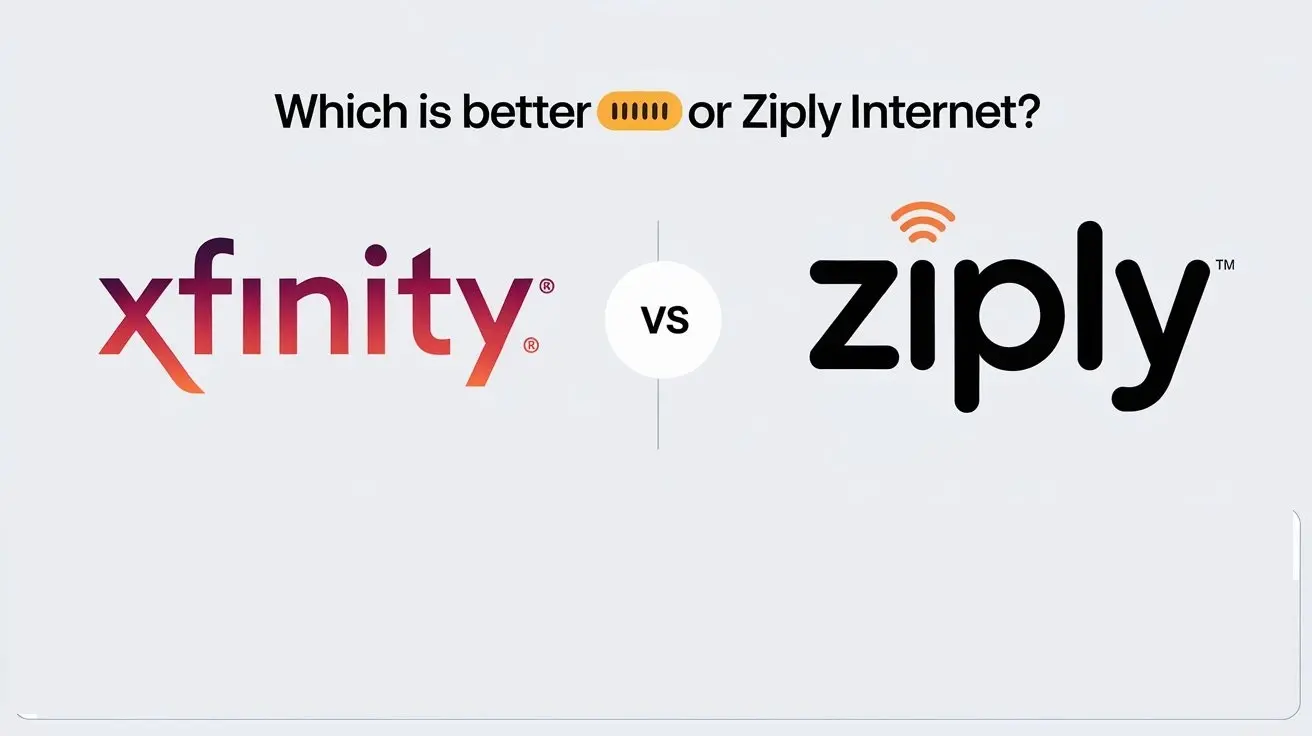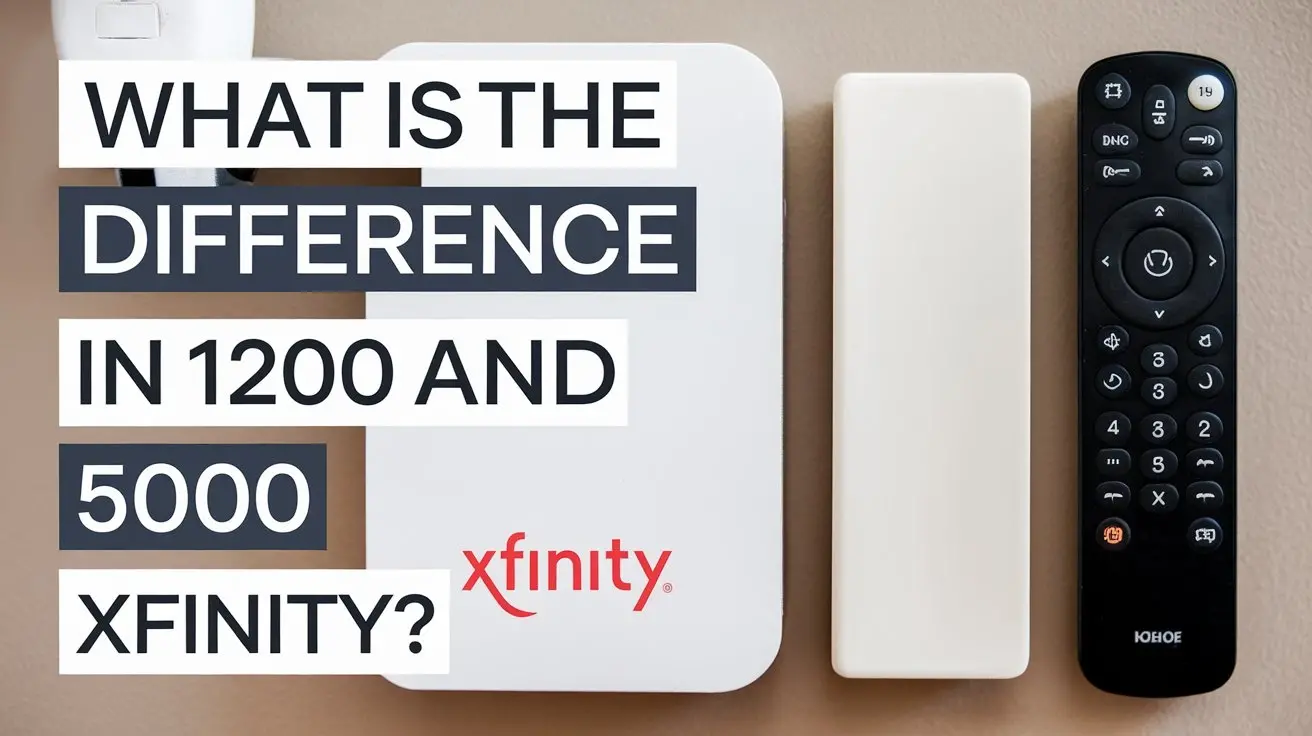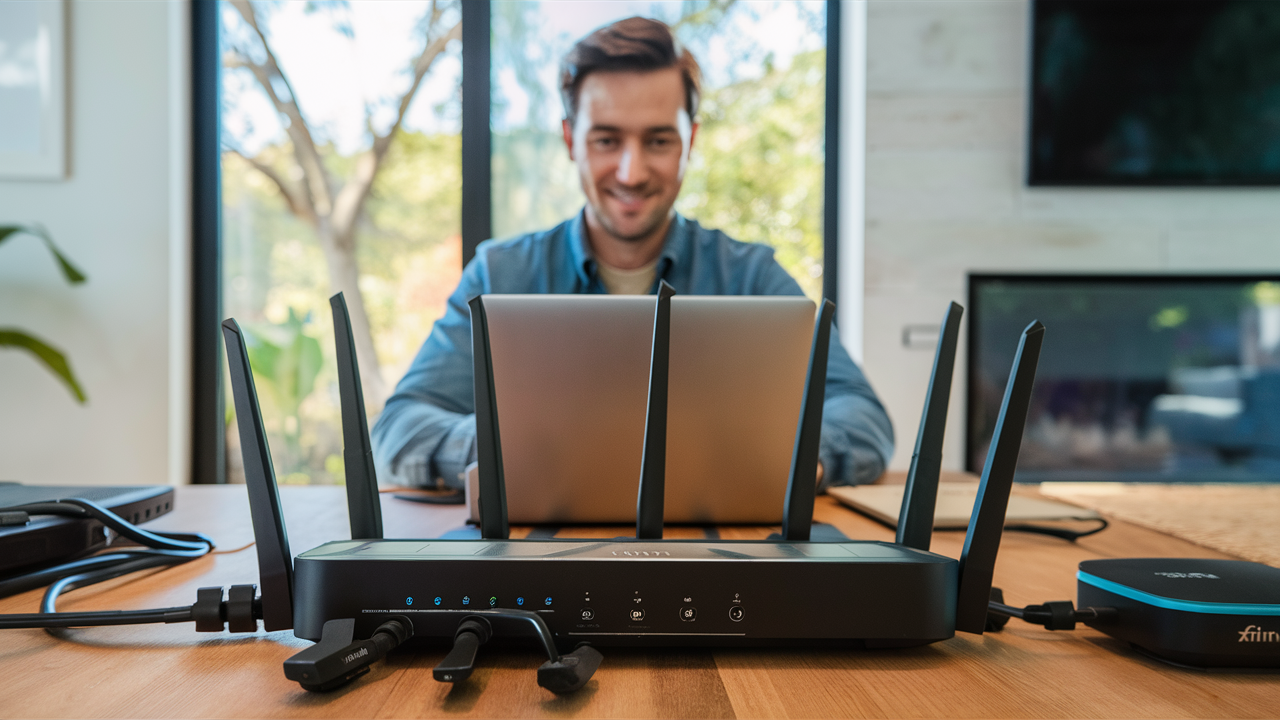
Xfinity internet speed concerns the download and upload speed highlighted in Internet service Provider by Comcast. Comcast uses cable internet which relies on the physical infrastructure of Comcast cable TV in providing broadband internet to homes and other enterprises.
Xfinity Internet Speed Options
Xfinity offers a range of internet speed options to fit different needs and budgets
- Performance Starter – Avail download speeds up to 25 Mbps on this package. Decent for simple web usage, communication apps, and low-quality video content.
- Performance – The delivers cable modem speeds of up to 100 Mbps. High-speed broadband connectivity enables users to connect multiple devices simultaneously for applications such as streaming Full HD video, online gaming, or downloading large files.
- Performance Pro – Increases maximum speed by up to 200 Mbps. Most appropriate for homes with many internet-connected appliances that are used concurrently. Facilitates the possibility of streaming such services as ultra HD 4K.
- Blast! - It has the capability of providing speed up to a 400 Mbps. It supports faster advanced online gaming, 4K video streaming, multiplayer across multiple devices, and instant large file transfers.
- Extreme Pro – It is the most premium package offer with the internet speed of download up to 1 Gbps (1000 Mbps). Enables the highest speed that can be provided by cable for 8K video, VR gaming, smart home, and other 8K applications.
What causes changes in Internet speed in Xfinity?
While Xfinity advertises these maximum download and upload speeds, several factors influence the actual speeds you’ll achieve
- Network Traffic – If there is a large number of households in the neighborhood all joining the internet during certain periods, the general internet speeds may be affected.
- WiFi Performance – The speed of WiFi can be affected by the firmware of the router, the location, interference and number of connected devices and hardware. Ethernet backhaul helps.
- Inside Wiring – Old interior telephone wiring can slow the speed of the incoming signal from the street to your building. Replacing wiring can also be beneficial in ensuring that these networks are used to their full potential, specifically in terms of bandwidth.
- Device Efficiency – The modem/router capability as well as the wifi adapter of each device determines the speed through which it can process data both to and from the modem/router.
- Websites Visited – The number of visited sites, their ability and current traffic also determine the speeds. Some sites have more bandwidth to offer, meaning that they can convey data at a quicker pace.
In the case of Xfinity, the following descriptions will explain how it measures its internet speeds.
Xfinity measures internet speeds in Megabits per second (Mbps)
- Download Speeds – it is the amount of data you receive from the internet to your home network or devices. Shown as the top speed that you can attain, WHILE it has a specific purpose, it does not have a real function and serves no real purpose. The actual usable continuous real-life speeds are usually about 80% of the maximum advertised speeds.
- Upload Speeds – It is the speed through which data is transmitted from the user’s devices to the Internet. Consider Upload speeds for video calls, online gaming, cloud backups and sending large files. Xfinity provides similar upload/download speeds of a gigabit at the top-end speed class.
Testing Your Actual Speeds
While Xfinity advertises specific speed tiers, running your own internet speed test helps verify your true download and upload speeds:
- To get the most accurate results, use the site Speedtest.net or the Xfinity internet speed test site, connect the computer via Ethernet, and perform the test during the late night or early morning hours when there is low internet activity from multiple sites.
- Dial and test for speeds over the course of a few days and at different times as the speeds greatly depend on how much bandwidth has been consumed within a particular neighborhood.
- If speeds are constantly below 80,000 kbps of the stated speed, call Xfinity customer service to fix or for a service fix.
Improving Slow Xfinity Speeds
If your speeds are slower than expected, try these troubleshooting tips:If your speeds are slower than expected, try these troubleshooting tips:
Try rebooting your cable modem and router to remove the kinks for a smoother flow.
Replace old modem and wifi router with DOCSIS 3.1 modem and wifi 6 router to support gigabit speeds if you have an obsolete modem.
Perhaps you should visit an Xfinity Channel Lineup technician to get your cabling and signal levels checked.
If not getting at least 80-percent of maximum download rate, then it is required to send a request to the Internet Service Provider to upgrade the speed tier of the connection.
I have wired all appliances to modem by ethernet backhaul to rule out the wireless problem alone.
Assure yourself if there is a problem in your region by looking at the outages or maintenance being done at the time of slow speeds.
Overall, by pushing speeds on a regular basis and also solving problems with internet connection, you can get a better idea of and, therefore, fully optimize the Xfinity internet speeds which are possible at your address. Fibre gigabit download plus upload speeds are possible for those who require fast broadband, and further down the scale, the new speeds are still sufficient for most households.
Call (844) 339-9555 to get a new Xfinity connection now!
Read More:
How To Test Xfinity Internet Speed?
How To Upgrade Xfinity Internet Speed?
How Much Is Xfinity High Speed Internet?
How To Test My Xfinity Internet Speed?
What Is My Internet Speed Xfinity?






